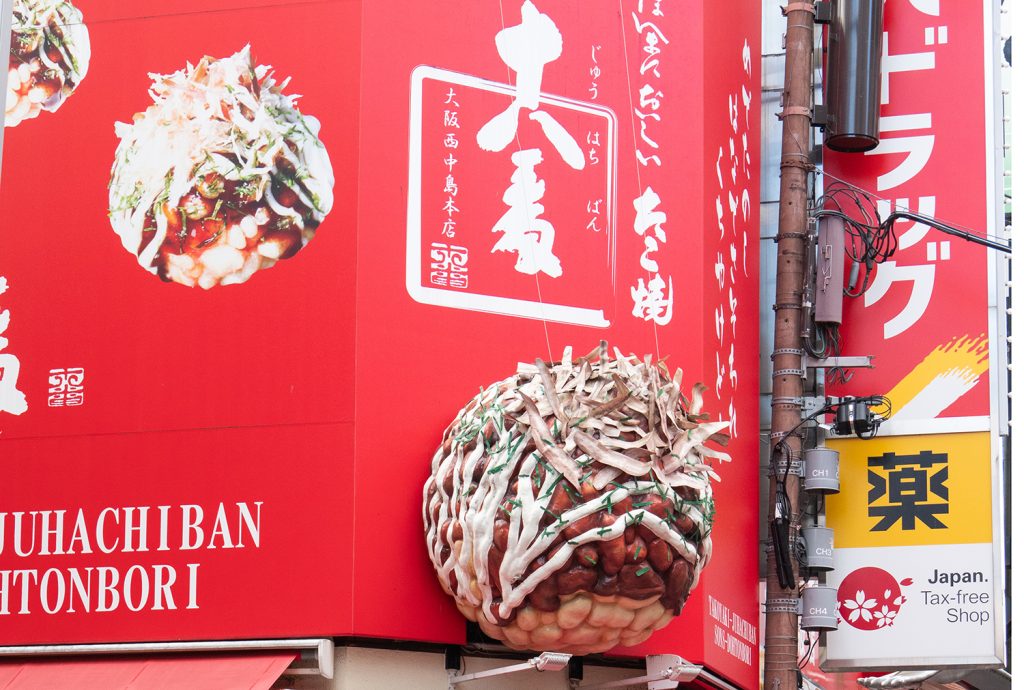Have You Tried the Five “Century-Old Delicacies” Certified by Japanese Experts?
The Agency for Cultural Affairs Government of Japan recently announced a “Century-Old Delicacies” list to certify each region’s century-old culinary culture. Fukushima Prefecture was selected for 16 certifications, becoming Japan’s most century-old gourmet center. The five highest-rated delicacies were awarded “Expert Special Awards” and became gourmets’ “must-eat foods in life.”

OSAKAI, JAPAN (Merxwire) – As travel restrictions are lifted, many people are beginning to plan overseas travel. According to statistics from Taiwan’s Ministry of Transportation and Communications, Japan is the number one country for Taiwanese going abroad in 2023, with a total of more than 4.2 million, about three times that of China, the second place. Each region in Japan has its unique traditional food culture, which is one of the reasons why tourists flock to it. T The Agency for Cultural Affairs Government of Japan recently announced the “Century-Old Delicacies” list, certifying specialty dishes with a century-old historical value. Among them, Fukushima Prefecture received the most certifications, with a total of 16; Kochi Prefecture received 11; and Aichi Prefecture received 10. It is a must-visit region for food lovers.
Centennial cuisine is divided into three categories: local cuisine that has continued from the Edo period to the present, food culture created in the Meiji and Taisho periods, and new cuisine that aims to be a century old. In this review, a total of 50 types of cuisine were certified. Combined with the types that have previously obtained food certification, there are currently 250 types of cuisine that have received the qualification of Centennial Food. It allows the public to understand the local food culture passed down from generation to generation and serves as a guidebook for foodies. In addition, five categories with exceptionally high expert evaluations were awarded “Expert Special Awards.” Including Ishikari hotpot from Hokkaido, Shiroishi hot noodles from Miyagi Prefecture, smoked radish from Akita Prefecture, Tosa bonito festival from Kochi Prefecture, and Tibichi pig’s feet from Okinawa Prefecture. Visitors can taste different from the typical tourist delicacies in the past. Instead, they can taste unique ingredients rich in historical significance from the perspective of Japanese food experts.
Ms. Chen, an international student in Osaka, said that when she first arrived in Japan, apart from school affairs and finding a house, her biggest worry was what to eat, so when looking at houses, she would ask the real estate agent to recommend where to eat. Now, I am half a food expert. Like on the century-old food list, Okonomiyaki and Takoyaki are indeed must-eat foods for Osaka people daily. Food is the easiest way for tourists or people living in Japan to get to know a city. Use this century-old food list to plan a food trip to satisfy your desire to “eat” and learn about foreign cultures.

The five expert special awards announced this time are unique dishes that cannot be missed during food travel. They record the evolution of daily life in Japan or the development of historical events. Among them, Hokkaido’s typical hot pot dish, “Ishikari Hot Pot,” is a dish that uses raw salmon as the main ingredient, seasoned with miso, and adds vegetables such as cabbage and tofu. It is said that Ishikari Hot Pot is named after the Ishikari River, rich in salmon. Every year, salmon swim upstream and spawn in the river’s upper reaches. In the Edo period, local fishermen would boil some fresh salmon, plus onions, cabbage, and other vegetables, into miso soup as a celebration and comfort after experiencing salmon fishing in the harsh winter. The cabbage used in hot pot is a growing technique that has been used since the Meiji era, reflecting the development history of Hokkaido.
“Shiraishi Warm Noodles” is a local dish from Shiraishi City, Miyagi Prefecture. It is a healthy noodle that does not use oil and emphasizes the flavor of flour. According to legend, it began in the Edo period when a monk taught a child to make it for his father, who had stomach problems. He praised his “warm and considerate heart” and named it “Onmyeon.” It is characterized by its short noodles, which are 9 centimeters long and can be quickly cooked in a small pot. It’s slightly thicker than string noodles, so you can fully appreciate the flavor of the noodles. There are about 15 shops serving Shiraishi Onsen noodles in the city. One of them is still loved by residents even after 400 years and continues to develop cup noodles and original sauces to be widely enjoyed in and outside the city.
“Smoked Radish” Akita Prefecture has a deep-rooted culture of making pickled foods such as kimchi to ensure food for the winter. Smoked radish is made using Akita’s unique smoked radish drying method. It has a crisp texture, rich smoky aroma, and the sweetness of radish. Generally speaking, pickled radish is made by drying it and then pickling it. However, Akita Prefecture lacks sunshine, and winter temperatures are below freezing. It is impossible to dry the radish outdoors. Instead, indoor smoking is used to dry the radish and make it a special delicacy for residents in the cold winter.
“Tosa Bonito Festival” Souda Gatsuo is a specialty of Tosashimizu and is loved by professional chefs. Tosashimizu is the southernmost seaside town in Shikoku. The offshore fisheries produce many fish used as raw materials, and the production volume is the highest in Japan. Tosa bonito takes more than six months to mature. Tosa bonito is carefully made from each fish and has a rich broth, an indispensable ingredient in soba and udon soups.
“Tibichi Pork Feet” is a unique way of eating in Okinawa Prefecture. During the Ryukyu Kingdom, pork was a luxury product for ordinary people. It was used as a court dish to welcome Chinese envoys, and dishes were made from pig’s feet. The people of Okinawa fled to Uruma City in Okinawa during the Pacific War and preserved this traditional dish, a unique delicacy that records historical events. To this day, traditional restaurants and oden shops still serve various tibichi pork feet.
More News
View More




Recent Quotes
View More
Quotes delayed at least 20 minutes.
By accessing this page, you agree to the Privacy Policy and Terms Of Service.